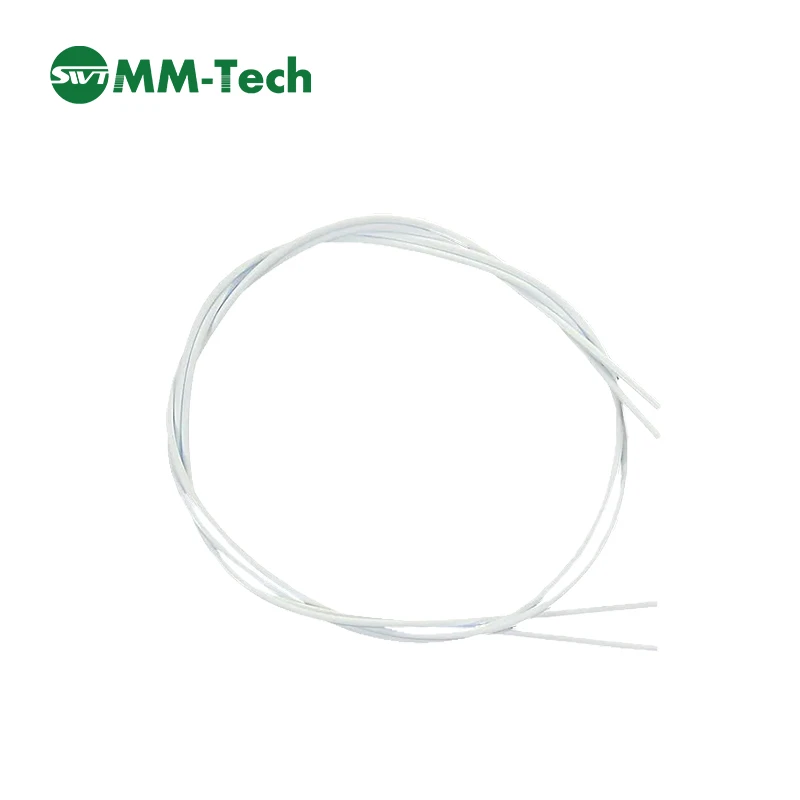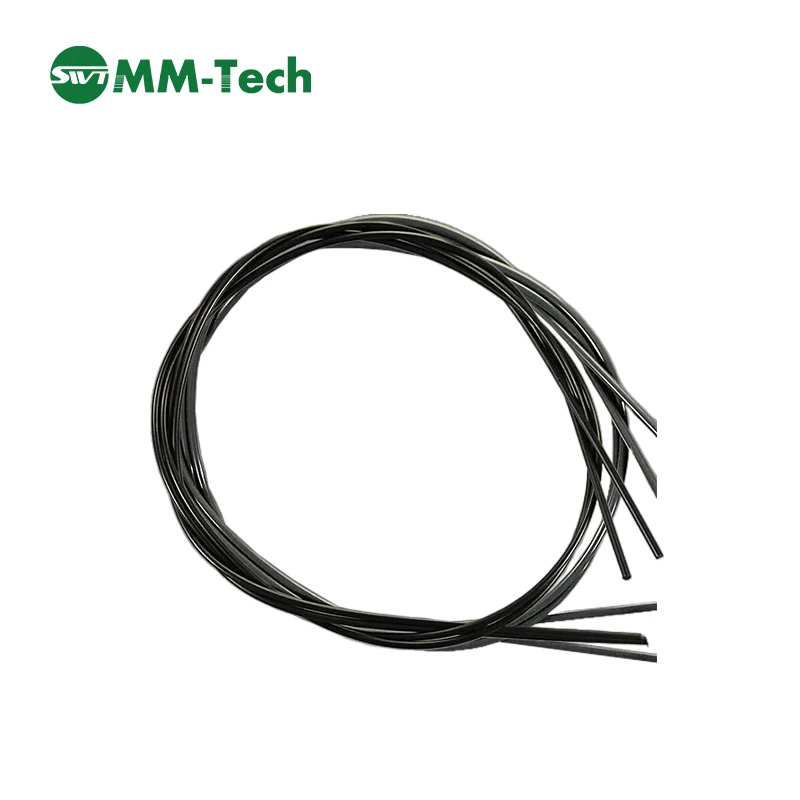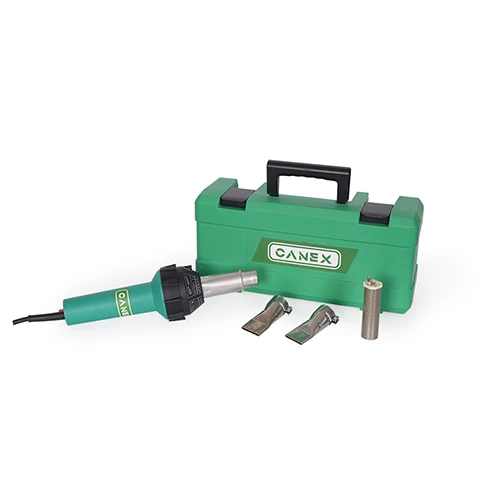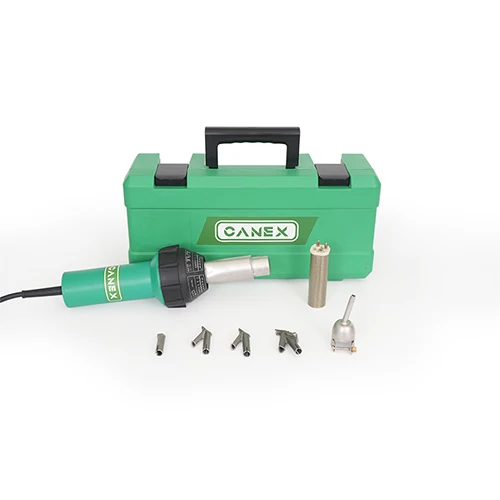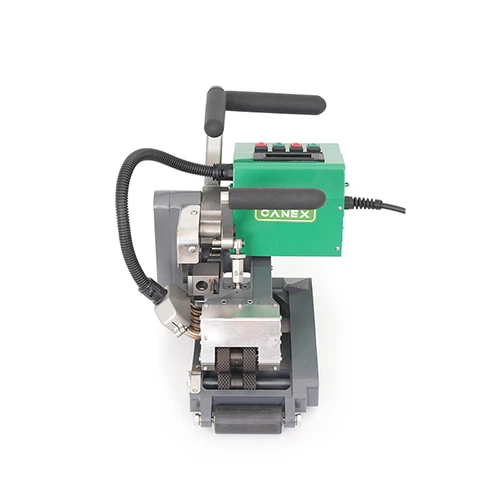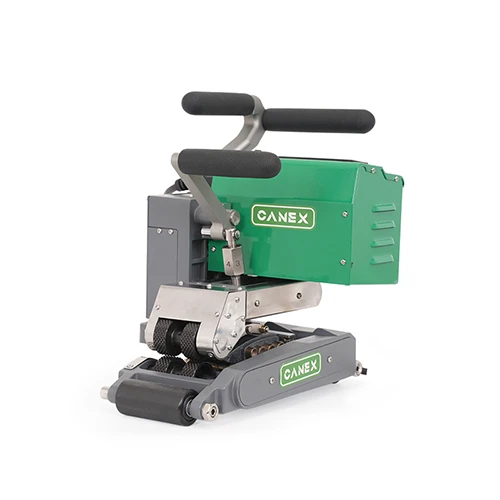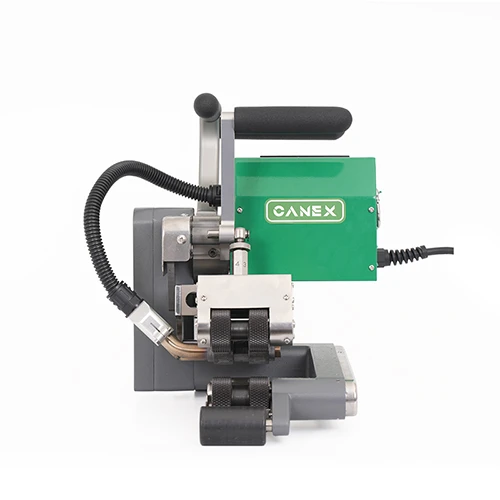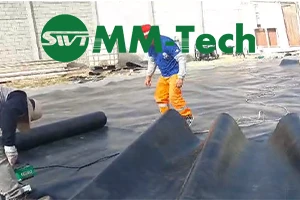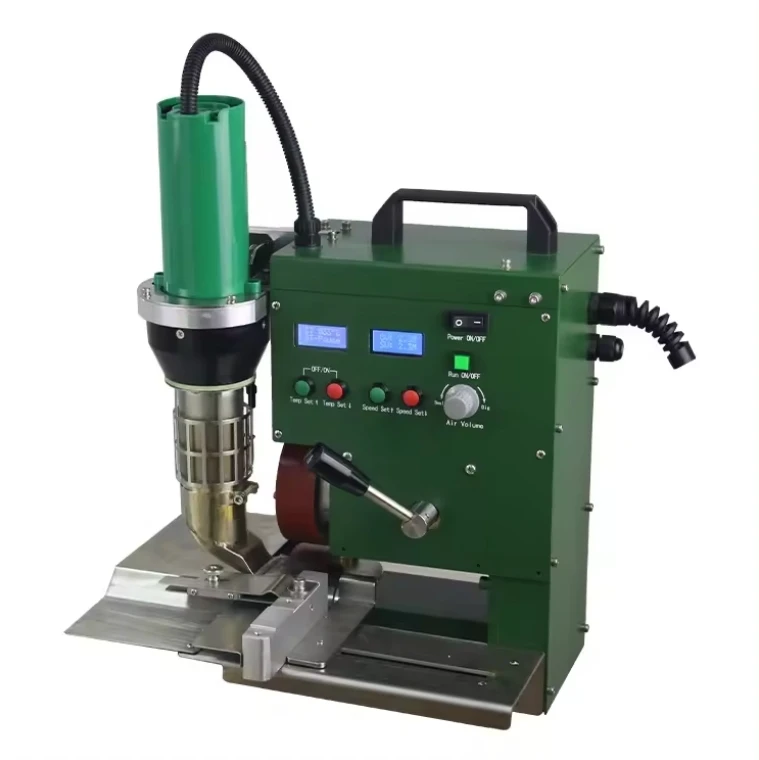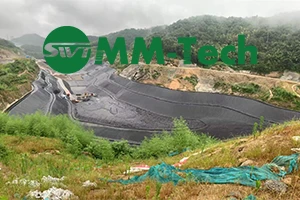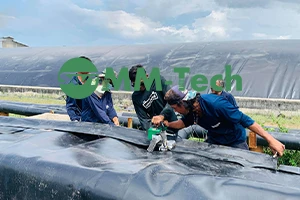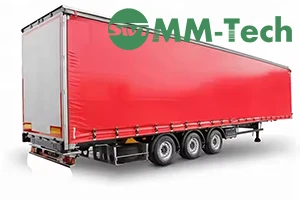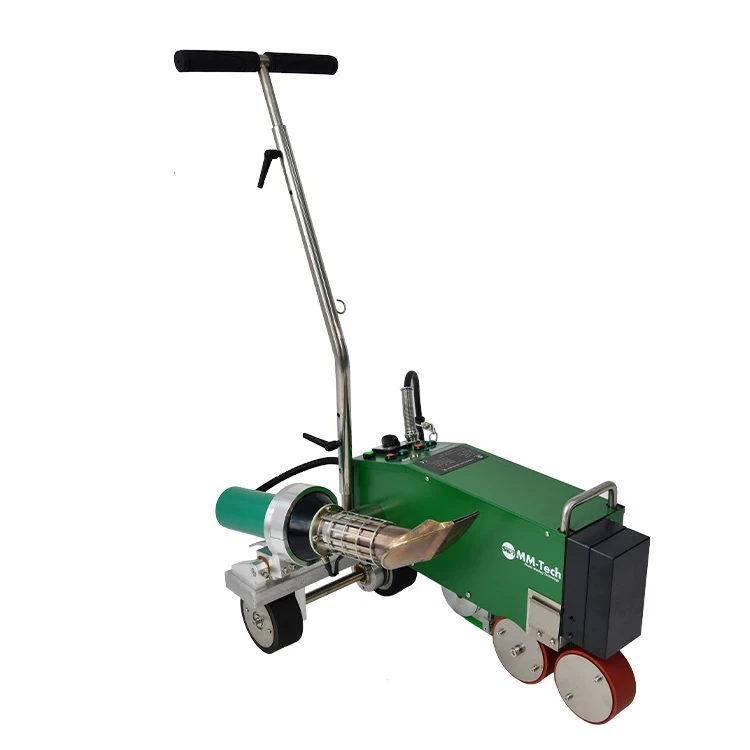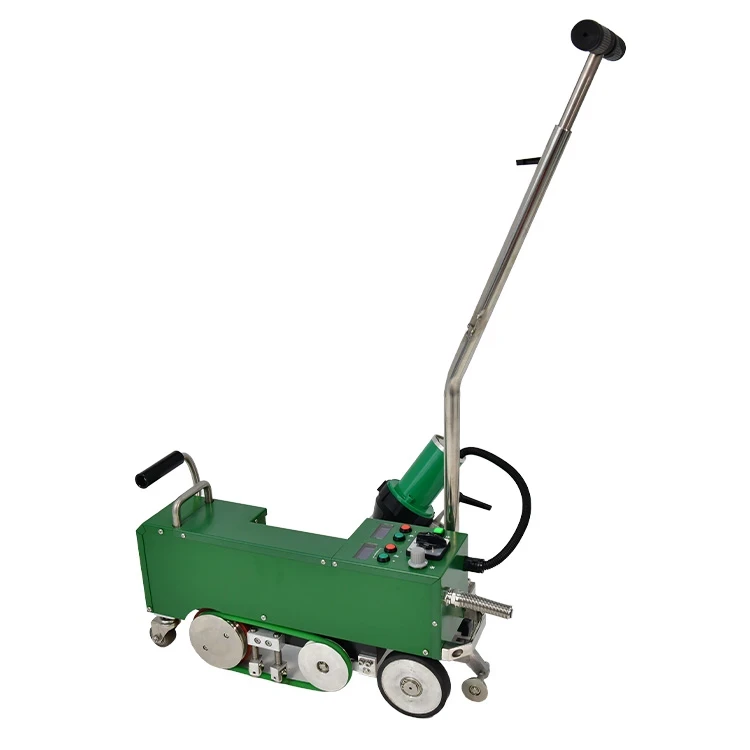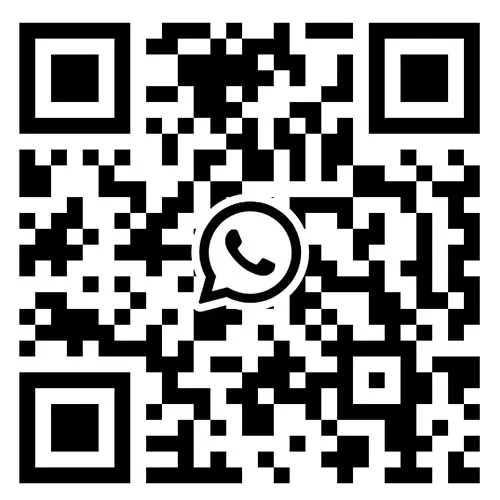-
 Email:info@peweldingmachine.com
Email:info@peweldingmachine.com
-
 +86-137 3974 5191
+86-137 3974 5191
-
 Add:
Add:NO.355,Youyi Street,Qiaoxi District,Shijiazhuang,Hebei,China.
High-Performance Pond Liner Welding Machine for Durable Seals
Jul . 29, 2025 11:20
The surge in environmental engineering and sustainable water management has sharpened the focus on advanced pond liner welding machine systems. Dam liner welding machine technology and innovations like the SWT-NSGM1 Geomembrane Welding Machine are transforming how ponds, reservoirs, and tailings dams are sealed worldwide. This guide dives deep into industrial trends, technical benchmarks, manufacturer comparisons, and real-life application cases, all with rich industry data and authoritative references.
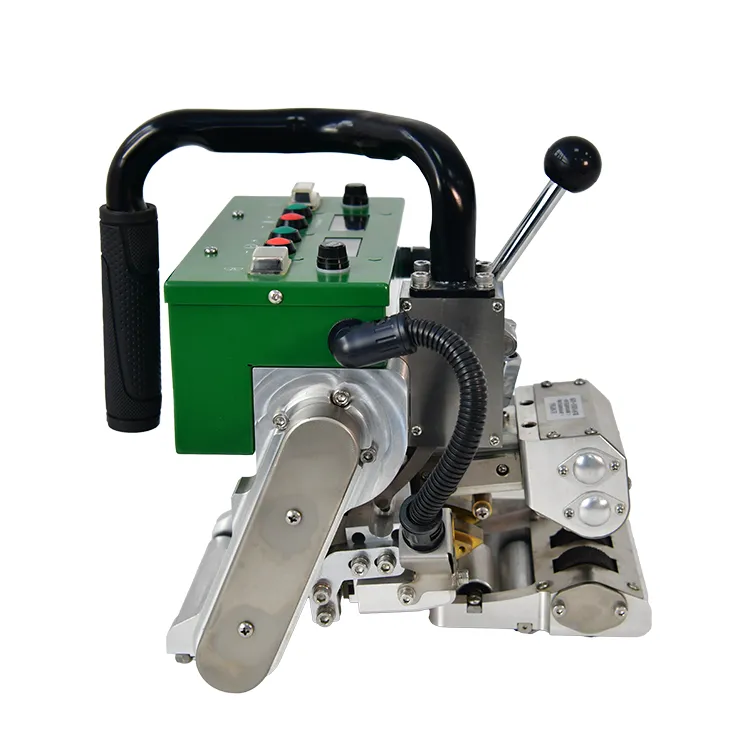
1. Industry Overview & Trends
According to Grand View Research, the global geosynthetics market is expected to exceed $20B by 2028, driven by regulatory push for leak-proof water infrastructure in water treatment, mining, agriculture, and landfill engineering. Demand for pond liner welding machine and dam liner welding machines is rising at a CAGR of 5.9%, propelled by advancements in CNC processing, embedded control electronics, and precision heating systems.
- Asia-Pacific: Fastest-growing market due to rapid urbanization and government water conservation projects (China, India).
- North America & Europe: Stricter groundwater protection codes (EPA, EN 13361) push innovation in liner joint quality and traceable installation.
- Key Trends: Automation, cloud-based weld monitoring, ultra-high molecular weight polyolefin liners, energy-efficient hot wedge and extrusion welding.
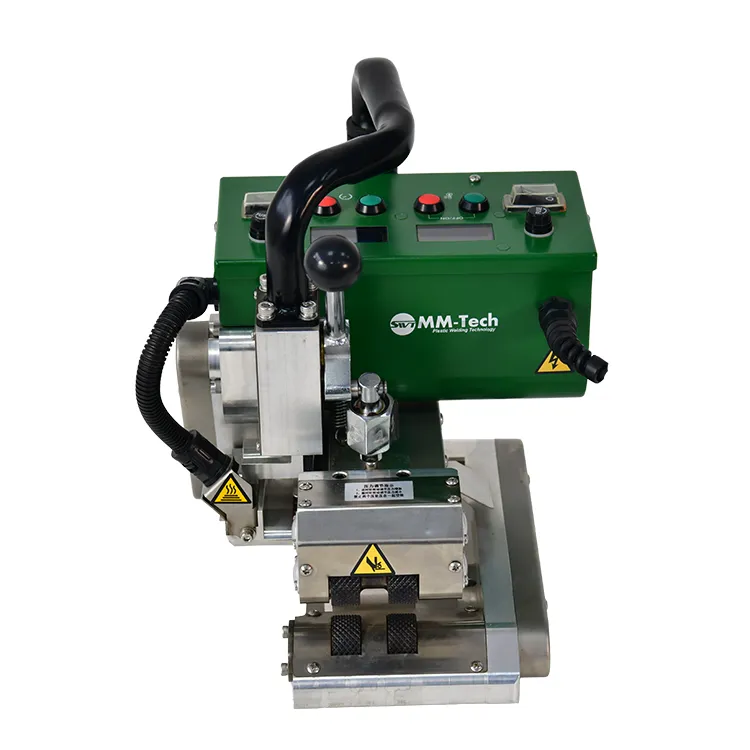
2. Pond Liner Welding Machine Technical Specifications & Comparison
Below is a technical sheet of mainstream pond liner welding machine models in the global market. Pay close attention to welding thickness, temperature control, and machine certifications which directly impact project quality and durability.
| Model | Welding Thickness (mm) | Welding Speed (m/min) | Temperature Range (℃) | Power Supply | Weight (kg) | Certification |
|---|---|---|---|---|---|---|
| SWT-NSGM1 | 0.5 - 3.0 | 0.5 - 5.0 | 50 - 450 | 220V~ 50/60Hz | 13 | ISO9001, CE |
| Leister COMET | 0.8 - 3.0 | 0.8 - 4.5 | 20 - 450 | 230V 50/60Hz | 13.5 | CE |
| WELDY Geo2 | 1.0 - 2.5 | 0.5 - 5.0 | 40 - 450 | 230V 50/60Hz | 14 | CE |
| Demtech PRO-MAX | 1.0 - 3.0 | 0.4 - 4.0 | 50 - 420 | 120/230V | 16 | CE, UL |
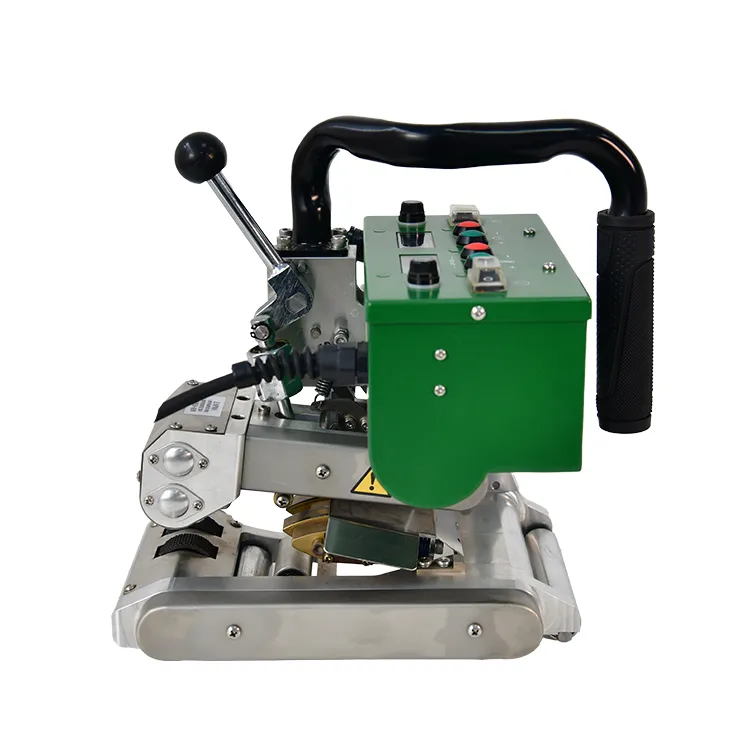
3. SWT-NSGM1 Geomembrane Welding Machine – Detailed Introduction & Manufacturing Process
Official Product Page: SWT-NSGM1 Geomembrane Welding Machine
- Material Compatibility: HDPE, LDPE, PVC, EVA, TPO geomembranes (thickness: 0.5–3.0mm).
- CNC Component Manufacturing: Critical heating and drive assemblies are precision-machined on German HAAS CNC lines, minimizing misalignment, improving lifespan ≧10 years.
- Cast-Aluminum Wedge: High-heat-resistant wedge ensures even temperature distribution across weld seam, optimal for pond/dam liners under wide climatic range.
- Embedded Digital Control: PID system with real-time temperature feedback, accuracy ±1.5℃, conforms to ISO 13485 weld reproducibility standard.
- Quality Assurance: 100% seam test according to ISO 9862 (Pneumatic and Vacuum test protocols), weld tensile strength per GRI-GM19a (>80% material strength).

(certified HDPE sheet, die-cast alloys)
(±0.01mm accuracy)
(motor, PID module, wedge)
(EN 60204-1 electrical check)
(ISO 9862 pneumatic/peel test)
5. Technical Parameter Visualization & Data Analysis
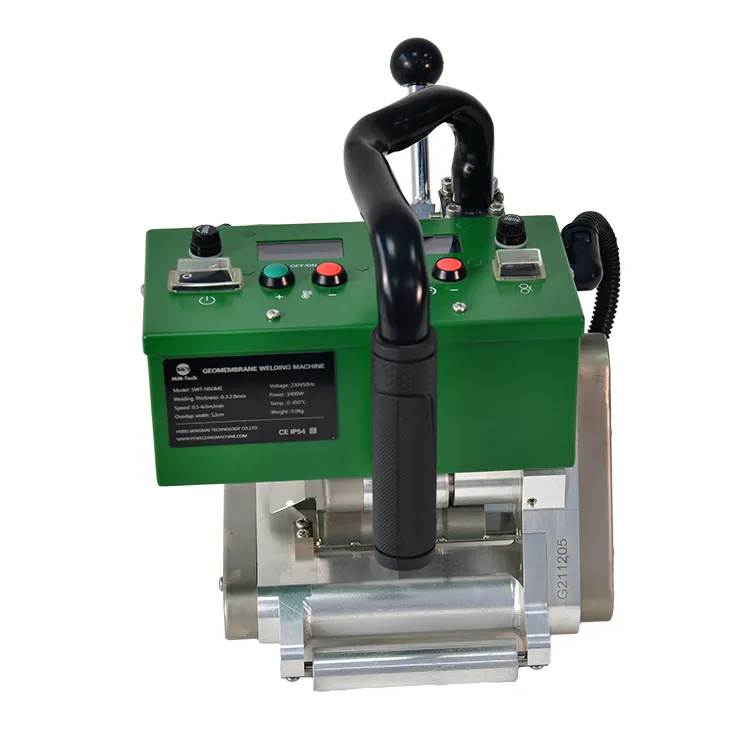
6. Dam Liner Welding Machine vs. Pond Liner Welding Machine: Manufacturer Comparison
Selecting a dam liner welding machine or a **pond liner welding machine** depends on your liner thickness, compliance requirements, and field conditions. The table below contrasts major manufacturers in terms of cost, support, and unique advantages.
| Manufacturer | Main Model | Certifications | Warranty | Support Network | Approx. Price (USD) | Notable Strengths |
|---|---|---|---|---|---|---|
| MM-Tech | SWT-NSGM1 | ISO9001, CE, SGS | 2 Years | Global (60+ countries) | 4100-4600 | Industrial CNC, Digital PID, Turnkey support |
| Leister | COMET | CE, ISO, UL | 1 Year | Europe, N.Am, Asia | 5200 - 5800 | Swiss electronics, extensive field adoption |
| WELDY | Geo2 | CE | 1 Year | Global Dealers | 3900 - 4200 | Light weight, rapid temp rise |
| Demtech | PRO-MAX | CE, UL | 2 Years | Americas | 4600 - 4900 | Heavy-duty, high output torque |
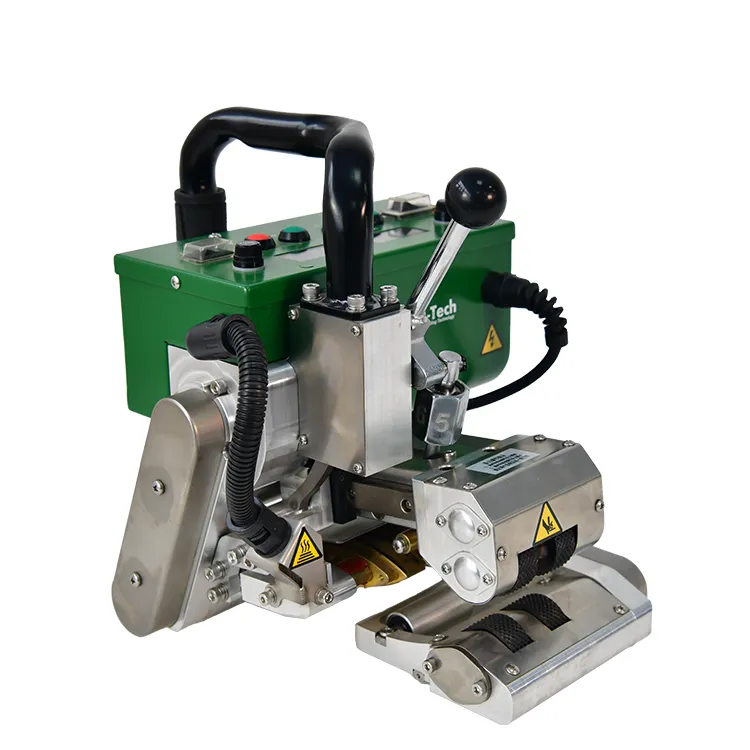
7. Customization Options for Pond Liner Welding Machines
- Voltage Adaptation: Custom 110V or 240V for different regions.
- Welding Thickness Range: Hot wedge module options for 0.5mm–4.0mm liners; thick seam special order available.
- Wheel Type: High-friction or non-marking wheels for varied geomembrane types and field slope needs.
- Weld Data Logging: Integrated USB/cloud logger for joint traceability and project QC documentation.
- Control Languages: Multilingual user interface (English, Spanish, Arabic, Chinese, Russian).
8. Real Application Scenarios & Case Study
- Mining Tailings Ponds (Chile, 2023): SWT-NSGM1 used for 860,000m² HDPE lining; achieved leak rate under 1×10⁻⁷ cm/s (per ASTM D5397).
- Municipal Wastewater Reservoirs (Turkey, 2022): Over 4.5 km welds tested; seam fail rate below 0.11%, outperforming EU standard (EN 13361).
- Agriculture Irrigation Canals (India, 2024): 22 crews, daily average weld speed 4.6m/min, seamless data logging ensured compliance for local EPA tenders.
- Large Golf Course Ponds (UAE, ongoing): Temperatures 45°C+, proven digital PID control prevents overheating even in desert setups.
- "The seam integrity tests with SWT-NSGM1 consistently passed even under high groundwater pressure. Our district accepted the project with 0.000 failures!" — Project Engineer, Central Asia Reservoir Project.
- "Real-time heat monitoring was a game-changer during our 160-acre pond lining. Productivity went up by 18% over previous models." — Senior Installer, Midwest USA.
9. Professional FAQ – Key Terms & Standards
10. Warranty, Delivery & Support for SWT-NSGM1
- Warranty: 2 years, including free technical updates and spare parts for critical components.
- Typical Delivery: 7–15 days (standard), up to 28 days for special export requirements.
- Technical Assistance: 24-hour online support and on-site commissioning (APAC/EU/NA service teams).
- Training: Free remote startup and welding skill coaching for installation crews.
- Documentation: Supplied with ISO-compliant certificates, weld procedure records (WPS/QC docs).
References & Further Reading
- Grand View Research, Geosynthetics Market Analysis Report 2024-2030. https://www.grandviewresearch.com/industry-analysis/geosynthetics-market
-
Geomembrane Installation Quality Control Best Practices – GSI Geosynthetic Institute White Paper GSI White Paper #23.
https://geosyntheticinstitute.org/papers/paper23.pdf -
International Association of Geosynthetics Installers (IAGI) – Standards & Technical Library.
https://www.iagi.org/technical-resources -
ASTM D6392 – Standard Test Method for Determining Integrity of Nonreinforced Geomembrane Seams Produced Using Thermo-Fusion Methods.
https://www.astm.org/d6392-20.html -
Hydraulic Engineer Forum: Recent case discussions on geomembrane pond liner welding in mining (2023 Pilot Projects)
https://forums.structurae.net/thread-2023-geoliner-tailings-welds.aspx -
Journal of Geotechnical and Geoenvironmental Engineering: "Performance of Different Pond Liner Welds in Harsh Environment" (2022, Vol.148).
https://ascelibrary.org/journal/jggefk -
Leister Technologies – Technical Knowledge Center (official application documentation).
https://www.leister.com/en/Knowledge/Applications/Geomembranes/
Related Products
Related Video
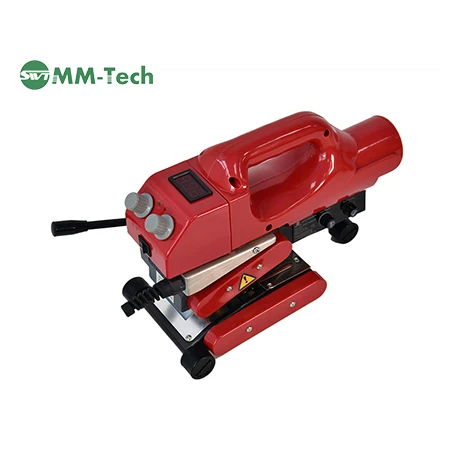

Geo Hot Wedge Welder With Digital Display SWT NS800D Operation Guide
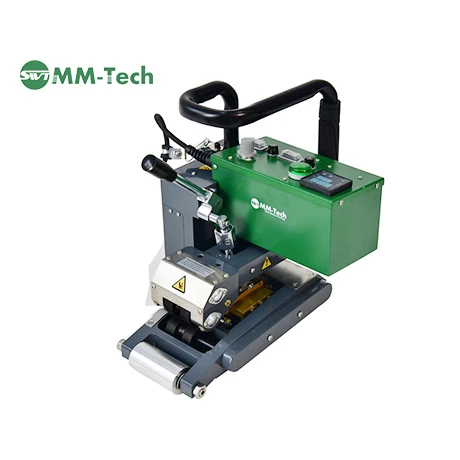

Heavy-Duty Geo Hot Wedge Welder SWT-NS900 Operation Guide
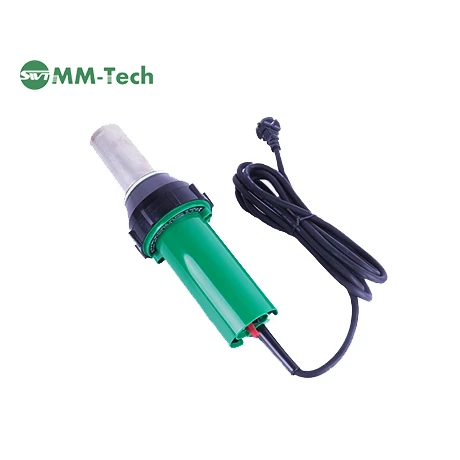

Powerful Professional Hot Air Tool SWT-NS3400A Operation Guide
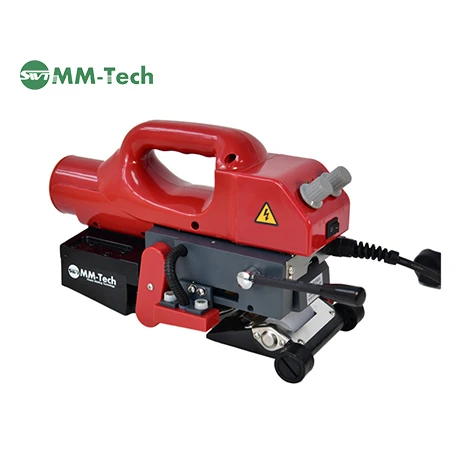

Geo Hot Wedge Welder SWT NS800 Operation Guide
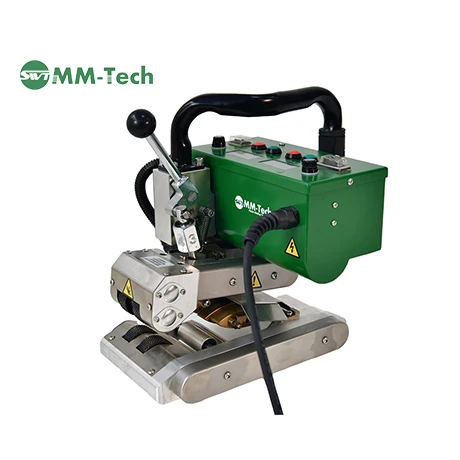

Compact HDPE Hot Wedge Welding Machine SWT-NSGM1 Operation Guide
Related News
SUBSCRIBE NEWSLETTER
Dear customer, thank you for your attention! We provide high-quality machinery and equipment and look forward to your orders. Please inform us of your needs and we will respond quickly!









